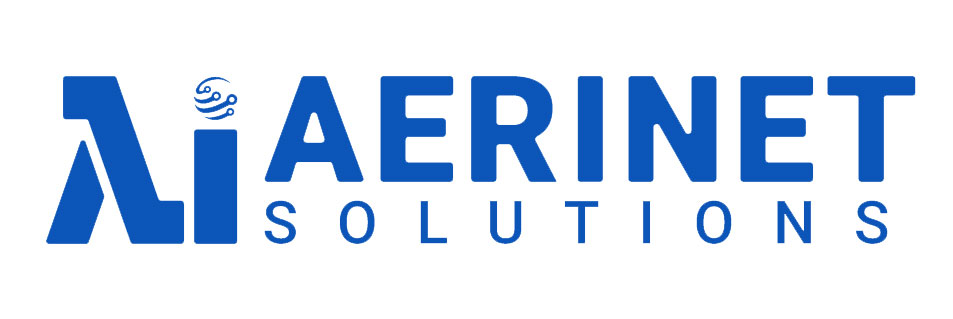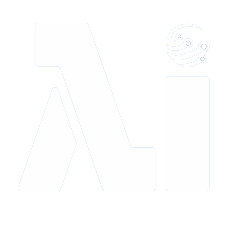A Quick Checklist
A utility’s most mission critical goal is reliability and safety.
Utilities are constantly being forced to react about the immediate demands of outages and issues. However, there are too many issues and too little staff to deal with the current demands.
The electric industry is facing a shortage of workers by 2028. As energy demands shift, the need for more technology and advanced services become more important than ever.
How will these challenges be handled? Using data and algorithms have significant potential to deal with the upcoming needs. However, most want properly sourced data to help them make their decisions.
However, several utilities complain about not having the right staff to actually interpret the data.
Take this quick quiz to figure out how you feel about your organization’s approach to data.
| Yes | No | Please take a moment to evaluate your current needs |
| I need data every quarter for board reports | ||
| Trying to get different data out of other systems takes a ton of time and is difficult to extract | ||
| There are too many excel spreadsheets that we have to use to get data for a report | ||
| We are unable to predict what will go bad | ||
| We have too many systems that don’t talk to one another | ||
| We do NOT know if the data is accurate |
If you have checked more yes boxes than no, it is time to start a data quality management program. This will make it easier to work smarter, not harder.
It Is All About The Data
But how do you get started with “working smarter and not harder” using existing data?
First, jot down what systems either hold data, generate data or have previous data that you want to include. Utilities who have taken small amounts of their data and just started on a single objective had quick returns on their investments. It quickly became easier for them to save millions of dollars by starting with some basic fields and analyzing what was easily available. Soon they progressed to learning how to use more data and can replace components before there was an actual full failure.
Secondly, identify what bigger goals or projects need some attention. For example, some utilities are able to predict future outages based on historic information and used this for future budgeting and predictive maintenance.
It Is Easier Than You Think
Currently, many utilities are keeping different data sets in different systems or in Excel spreadsheets. Being able to merge all of this data has become increasingly complex. However, there is an easier solution. It is all about categorizing the data you have and identifying the most relevant data points to get started.
There should not be a need to sift through tons of data sets. Take a look below to see the most common data sets needed. Aerinet Solutions has a great Data Quality Management Program
( DQMP) where they can help you standardize your data program.
Below is a quick snapshot of some common data fields
Time and Context Data
1. Outage Data and Time
This is critical for systems to overlay and understand the context of what was happening at the point of the outage.
Specifically, you should have your systems set up to be able to have interoperability standards that make it easy to go between systems.
2. Weather
This is easy to overlay for an area. Most of the zip codes have the data pinned to time of day with their doppler radar.
3. Outage Duration in Minutes
This historical data is usually pretty accurate from a quick download of your OMS.
4. Number of Customers Affected
Again this can quickly be downloaded with the duration of minutes
Descriptive
5. Outage Cause
This is the one area where it would benefit the utility group to all agree on the cause of the outage. For example, to say weather is too generic. It may be ice melt, or wind depending on where the outage is located.
Physical Devices
6. Substations, Feeders and others
Faults on distribution feeders are a fact of life. Distribution networks are very large and must extend to every customer. The result is some distribution feeders may be long in sparsely populated rural areas. Several outages are caused due to falling trees, or ice on trees that cause outages. Also several of these feeders may frequently come in contact with wildlife and with the distribution wires, causing momentary or sustained outages.
Why Data Quality Can Improve Your Results
The most important thing to remember is Garbage In, Garbage Out. Many employees have been just doing it the same way it was always done. They don’t have the time or the authority to fix the data. Engaging all employees in a Data Quality Management Program will provide the employees with more confidence in the data and teach them how to use it. By having a data quality initiative for the entire team, everyone is in charge of coding and categorizing future outage data. This information supports future AI predictions and provides better results.
To learn more about the Data Quality Management Program click here.


